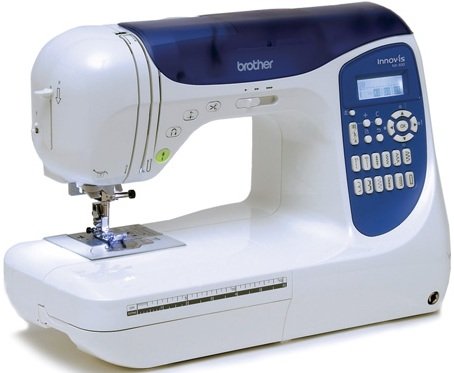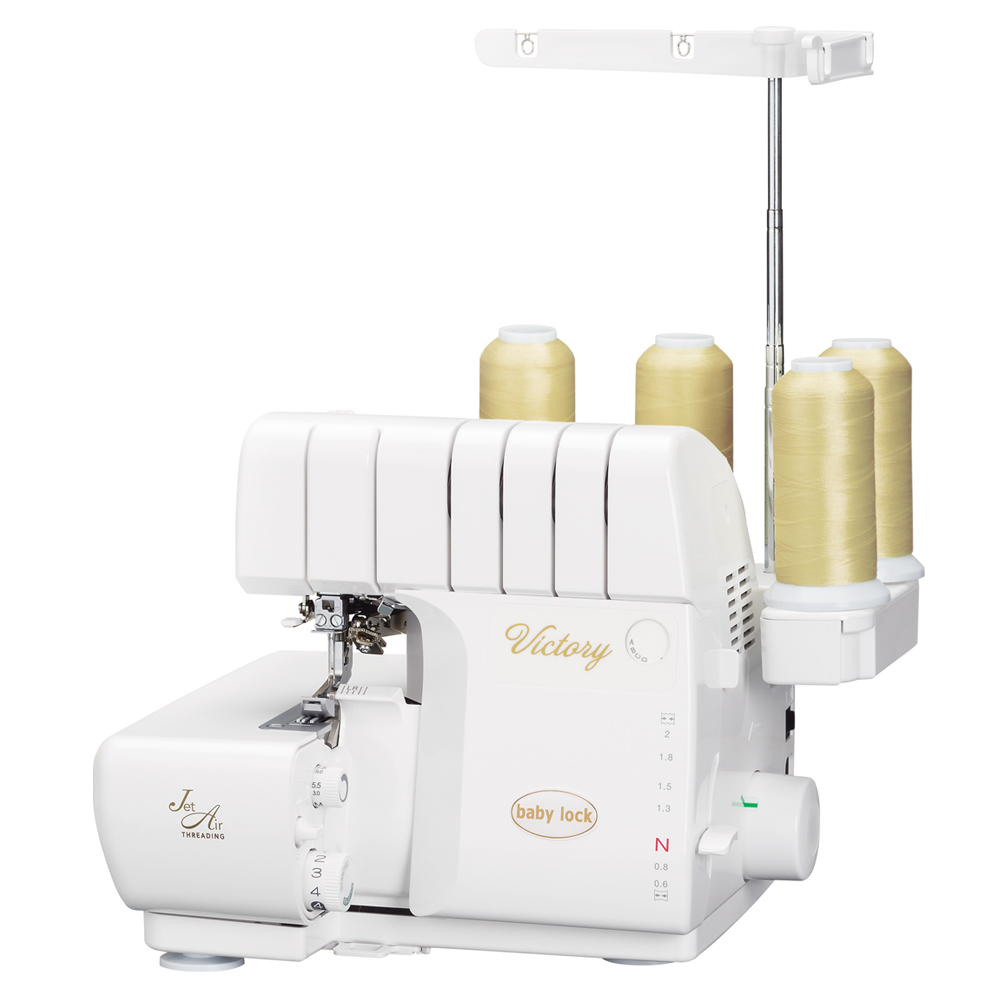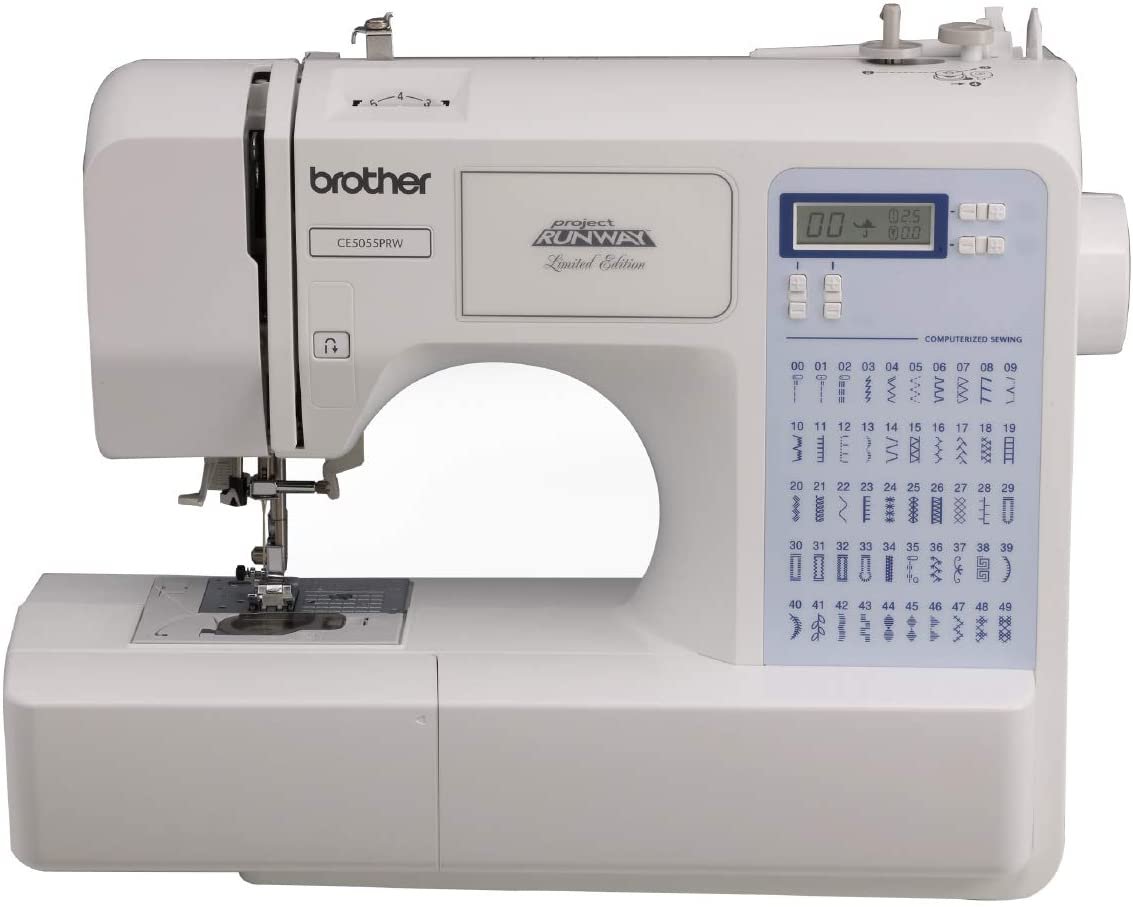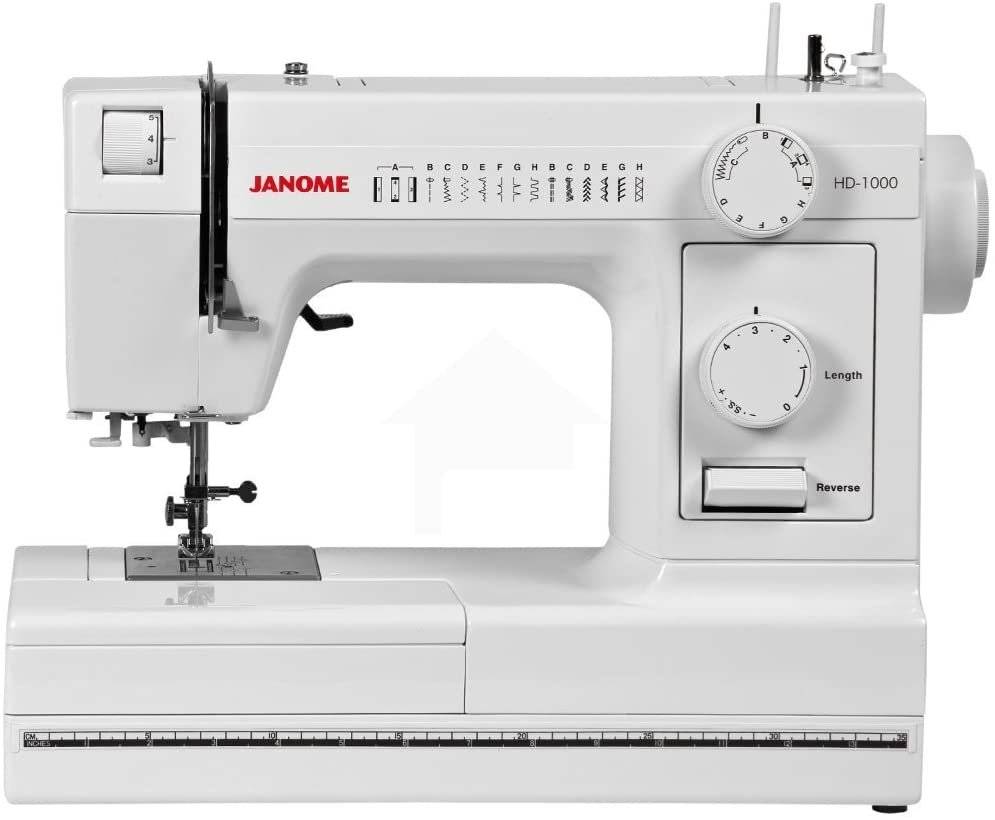Buying a Sewing Machine
I get asked pretty often how to buy a first sewing machine, how to find patterns, etc, so I'll be writing a few posts with what I generally say in response to these questions. There are a lot of blogs out there that explain how to pick a sewing machine, and I actually really enjoyed The Best Sewing Machines on Amazon, According to Hyperenthusiastic Reviewers from NY Mag's The Strategist. But these are my opinions, based on my own machines, helping several of my friends pick out their first machines, and from my mom who is a quilter, sewist, and embroiderer.
My mom buys a lot of sewing machines and the one I use now is her first higher-end machine from 15 years ago, the Brother NX-600. I love this machine, which has since been discontinued, but you can sometimes find it on eBay or maybe on other sewing resale sites. The NX-600 has computerized stitch selection, has hundreds of stitches (of which I use about six), a top-loading bobbin and (my favorite) automatic threading and cutting. It's a really nice machine which hasn't really had any problems despite some 10+ years of moderate to heavy use. Sometimes it struggles on thick fabrics. It's well built and has tons of features for a machine that went for $700-$1500 when it was released. It's also not extremely heavy because it has a plastic outer and only partially metal sewing plate.
NX-600 left, Babylock Victory right.


I also recently got my first serger, which is the Babylock Victory. It also has automatic threading and is a really amazing machine, but I would not recommend a serger as a first machine, because you can't do any kind of decorative stitching, buttonholes, top stitching, etc - just serging (AKA overlocking) seams, creating rolled hems, and some gathering and applique stitching. A serger is not a sewing machine. It is a serger and it functions differently and has a different purpose. If you find you love sewing knit fabrics, you should ultimately invest in a serger.
My general advice for buying a machine is to invest as much as you can afford in a good used machine, depending on your level of interest. My first machine was the Brother CS5055PRW "Project Runway Limited Edition", which costs between $150-$190, which is pretty inexpensive for a sewing machine, but within two years I had destroyed it from sewing too much on it (and probably not very carefully because one of my friends has one that has lasted her many years). The Brother Project Runway is a pretty good choice for a starter sewing machine, because it's easy to use and has a lot of computerized stitches, a top-loading bobbin, and it's cheap. On the other hand, it's not designed to last, it's very lightweight, and it can't handle very thick fabrics.
My second machine was a Janome HD1000 I borrowed from Duke's sewing lab. This machine is also discontinued but is often available refurbished, and has also been replaced by the Janome HD3000. This machine runs in the $300 range, and is very powerful. It sews rapidly and loudly and can handle pretty much anything sewn in it, no matter how thick. It has a front-loading bobbin case which I think can be much more challenging for beginners to use because the bobbin falls forward out of the case more easily. It also is not "computerized" and stitch selection is done with a dial. But the casing is all metal and the machine itself is great, no frills and very old school. This is a good machine for someone who wants to sew unusual or very thick fabrics, or wants to experience working with a very heavy duty machine for cheap.
Project Runway left, Janome right.


Ultimately, the best way to buy a sewing machine is a refurbished secondhand from a local sewing machine store, or from a sewing machine retailer online (not Amazon). These stores will offer the best warranties and the best prices for floor models or refurbished "trade in" machines from people who have exchanged old sewing machines for new ones. With sewing machines you definitely get what you pay for and a more expensive machine will last longer, sew better, and have many more helpful features, but you can find expensive machines very cheaply though refurb or trade-in programs. I would also recommend looking into sewing machine lending programs through local libraries which allows you to get comfortable with sewing before investing in a machine. Finally, forums like Pattern Review or independent bloggers provide really good information on specific machines you might be considering. Ultimately, it's okay to just pick a machine and start sewing and see how you like it, because practicing sewing as much as possible is more important than the tools you use, and as you sew more you can make a more informed choice on the kind of machine you want to invest in. If you get a machine for free as a hand me down, you should sew on it as much as possible before investing in a new machine. My mom prefers Brother and Janome machines to Singers but in my opinion it's all pretty similar when you're below a 4 figure price point, and if you're spending thousands of dollars on a machine you probably know what you're doing.
